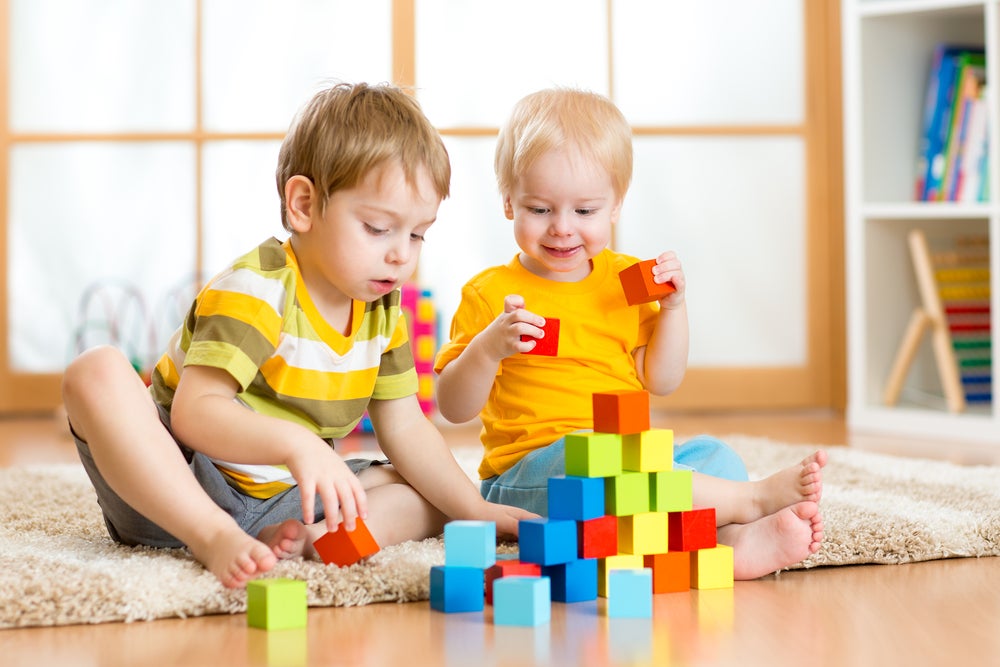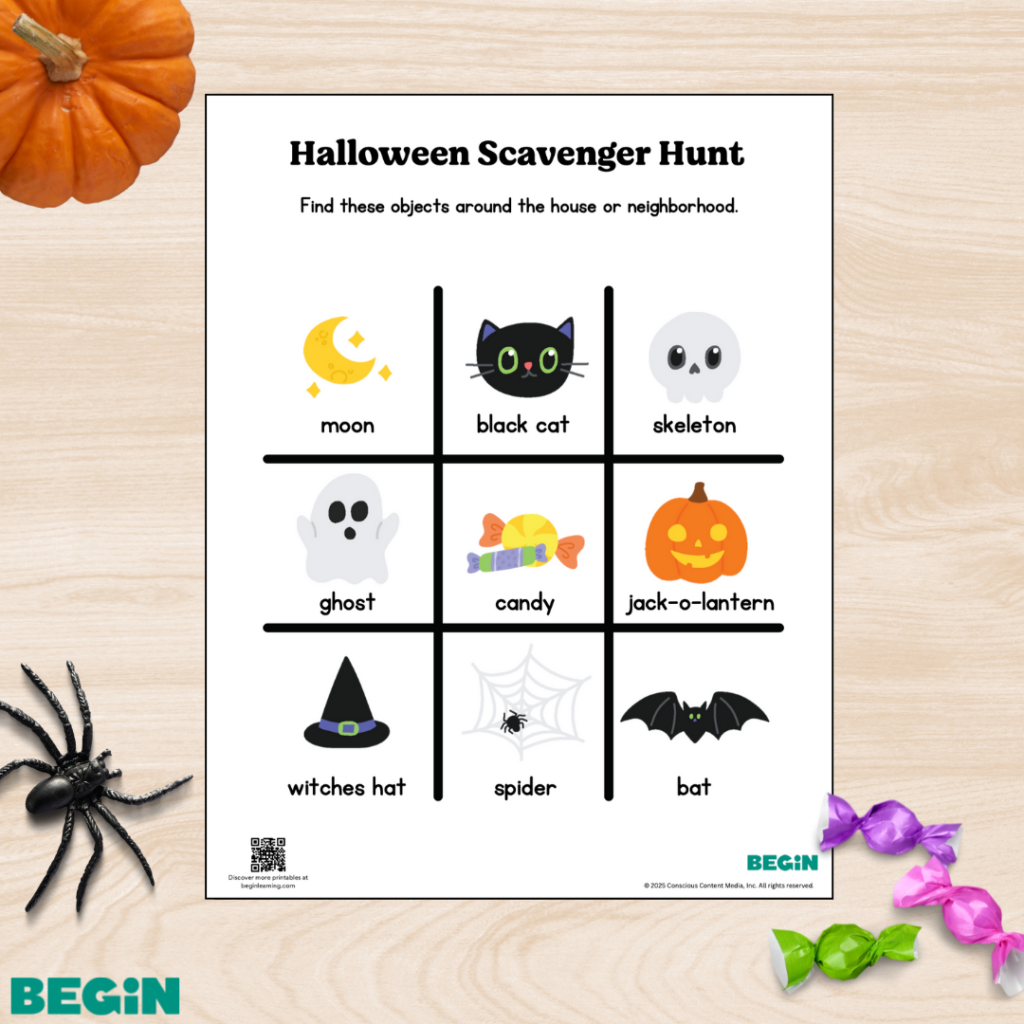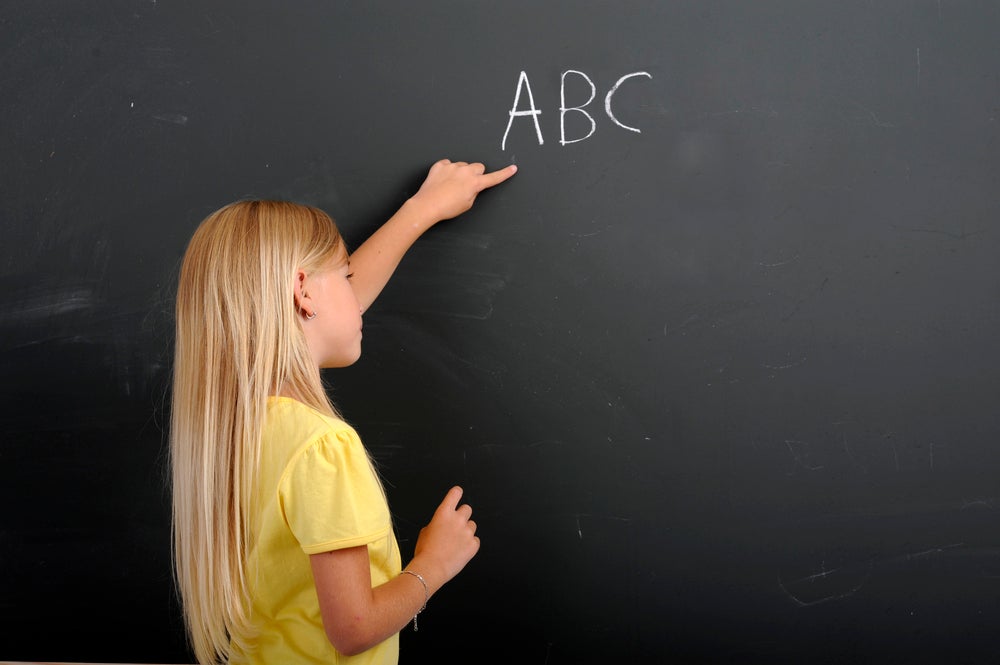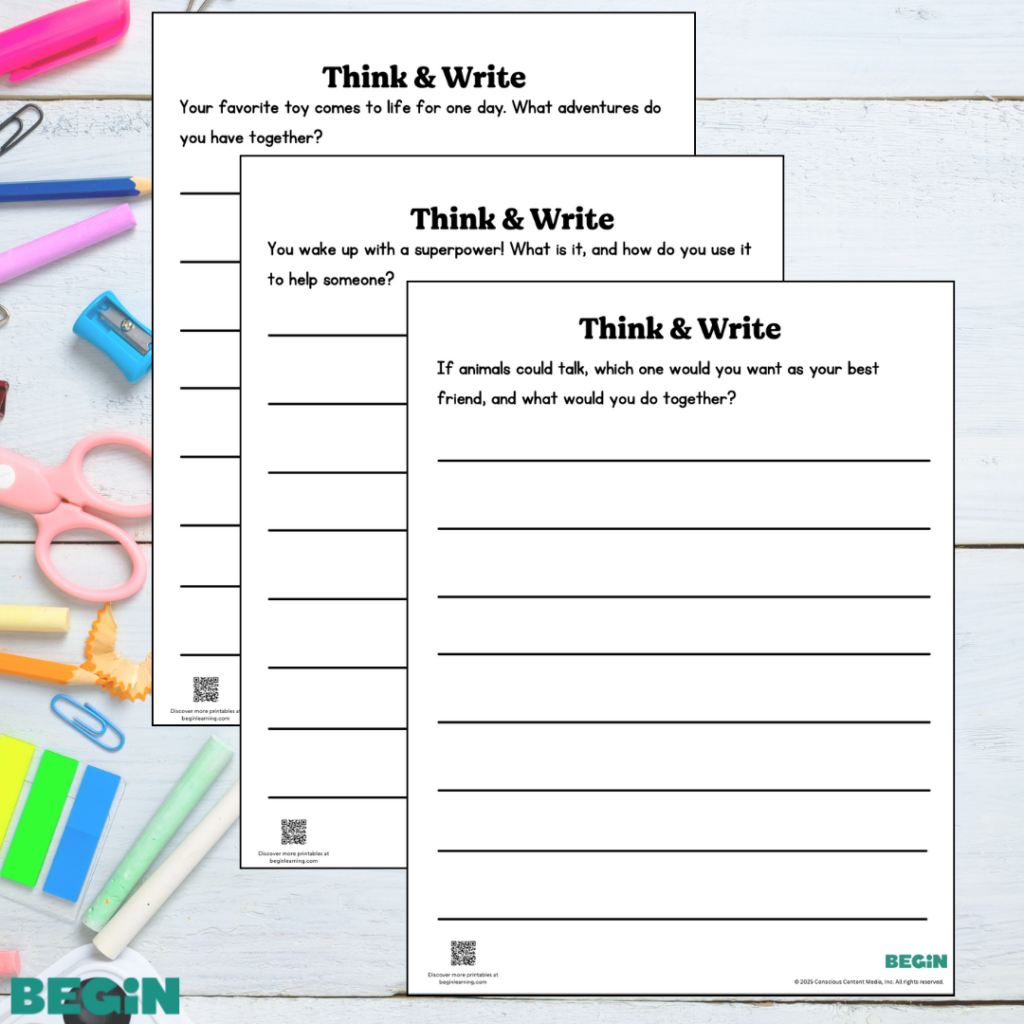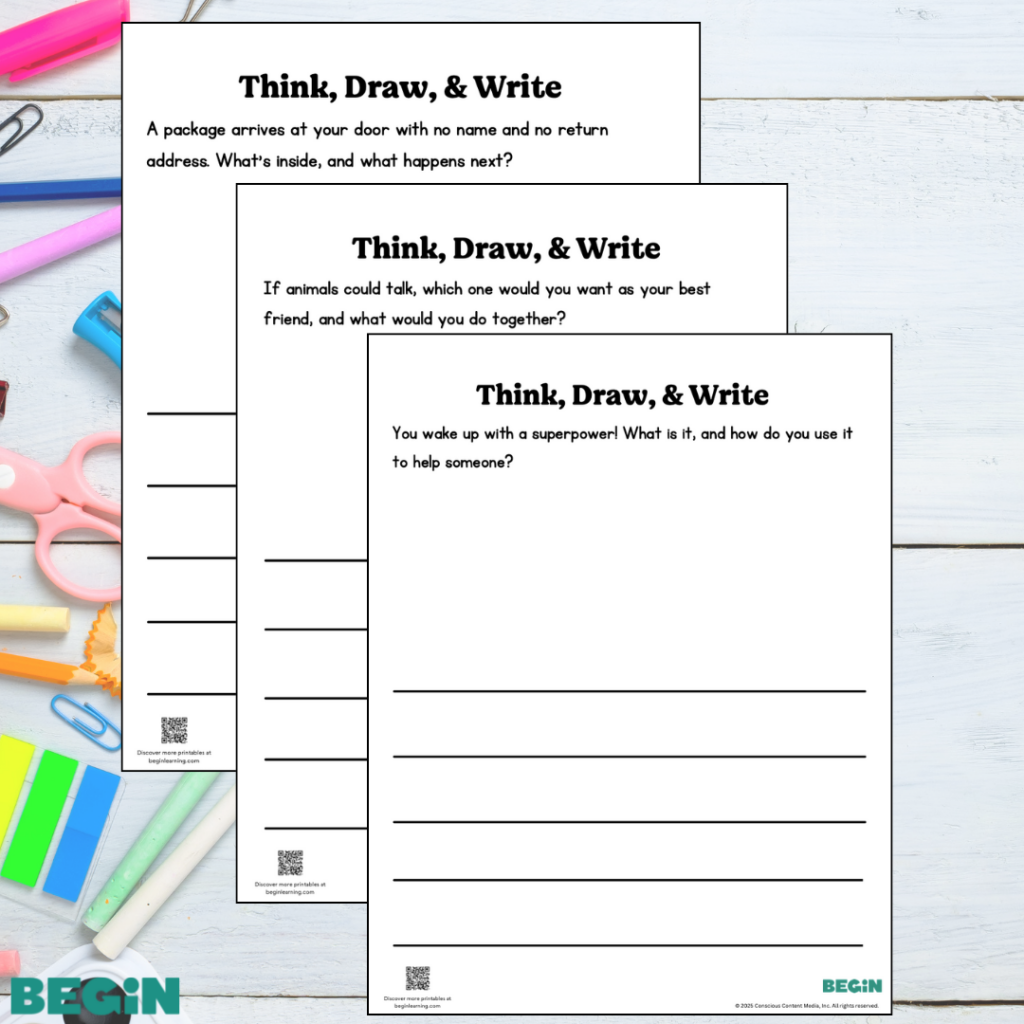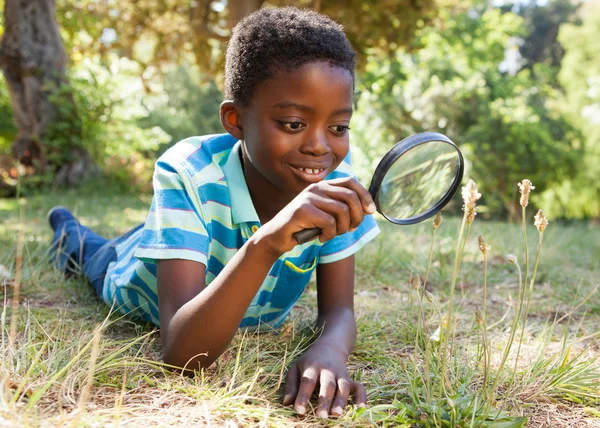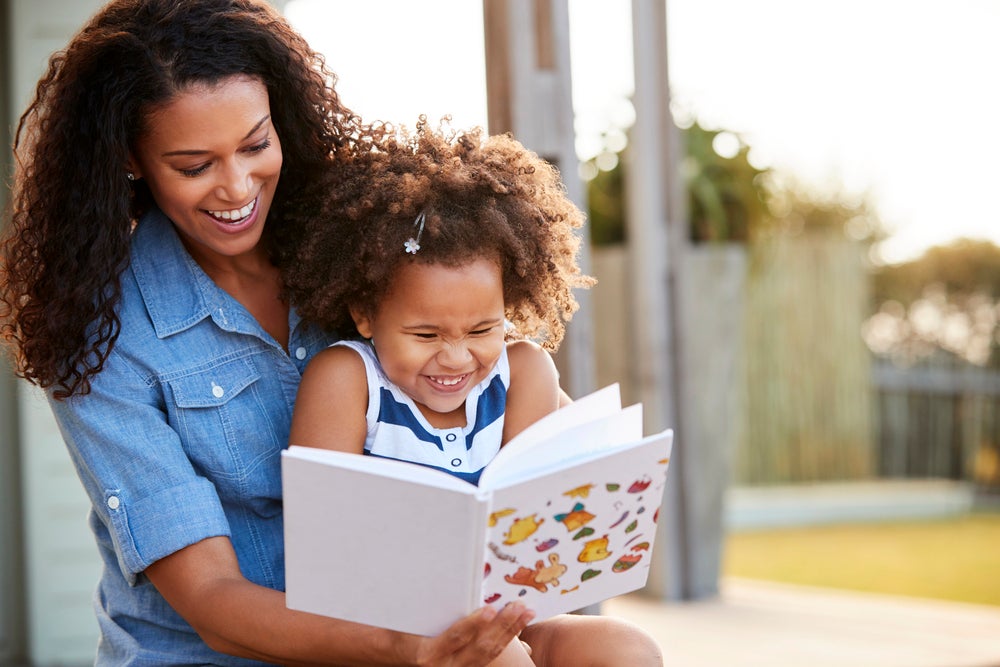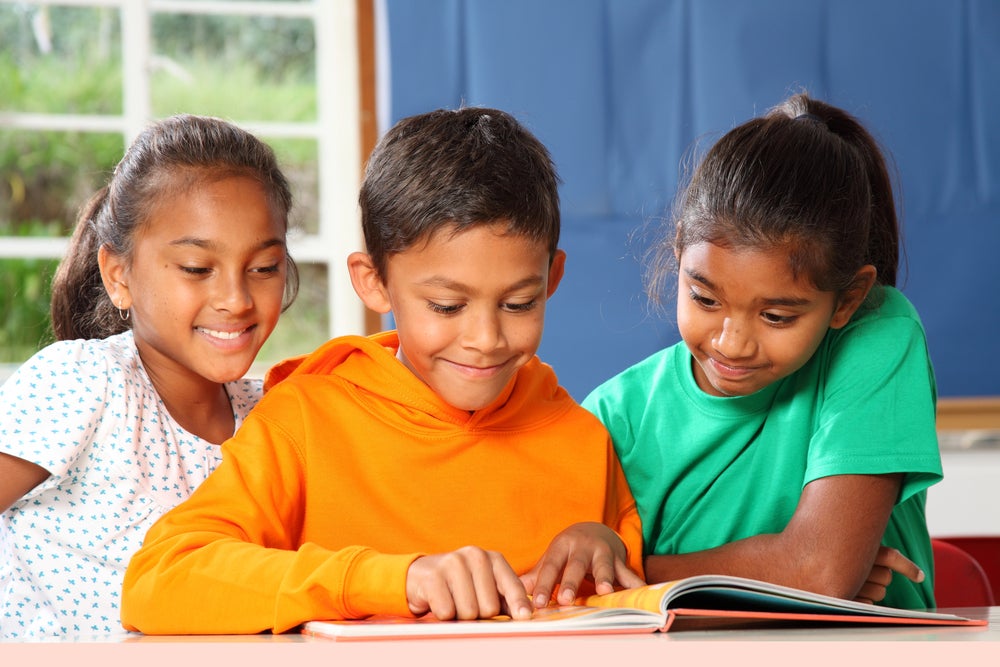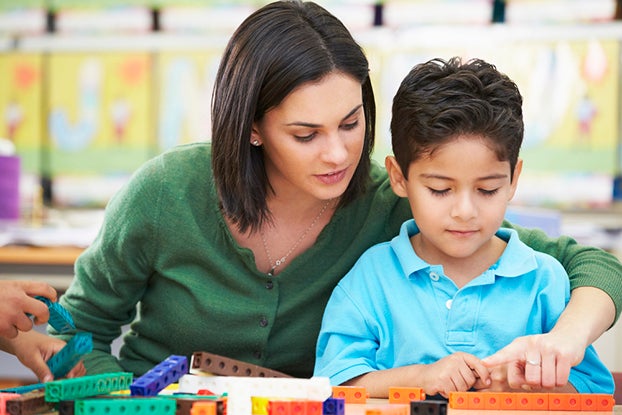Most toddlers love to play games. Whether they’re stacking blocks, chasing you around, using dolls or stuffies to play pretend, or staging dress-up dance parties in the living room, they can seem like perpetual creativity machines!
But even toddlers get bored (and so do their parents!). If you’re looking for games and activities to recharge your family’s creative spark, we’re here to help.
The Short Cut
- Creativity is one of the 5 C’s that help kids thrive in school and life
- Toddlers are naturally creative, and creative playtime helps them stay that way
- Encouraging creativity helps toddlers develop important skills like symbolic reasoning, self-expression, and confidence
- It’s easy for parents to help! Pick activities that engage toddlers’ senses, get them moving, and give them lots of choices for how to play
Creative problem-solving is one of the most in-demand skills of the 21st century, and encouraging kids to embrace creative thinking sets them up to thrive throughout their lives. We’ve compiled a list of seven fun and engaging activities your toddler can enjoy at home. Let’s get started!
What Makes a Good Toddler Game?
Engage Their Senses
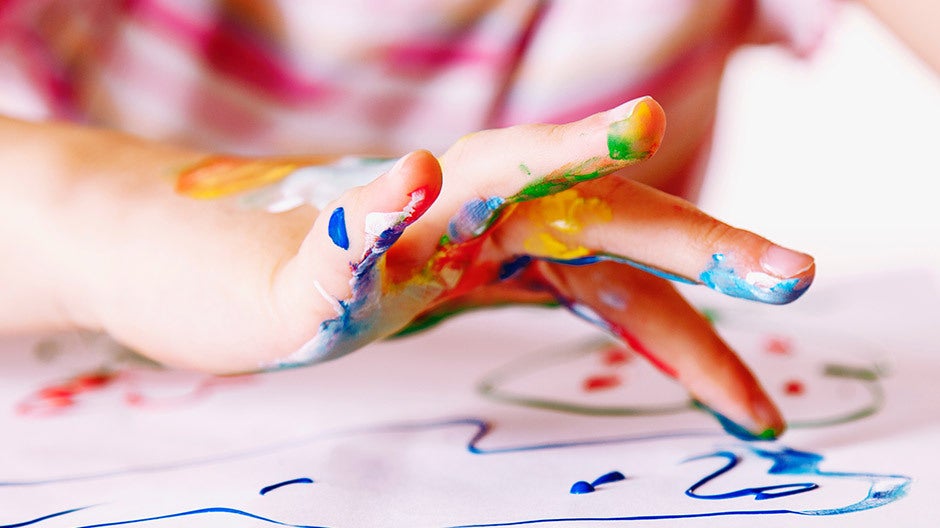
Children use their senses to explore the world around them. From the moment they were born, they’ve been touching, seeing, smelling, tasting, and hearing different things in their environment.
But engaging children’s senses isn’t just to help them explore and understand their world. Studies have shown a direct link between cognitive development and sensory play. This makes it important to include sensory experiences in your growing child’s activities.
Get Them Moving
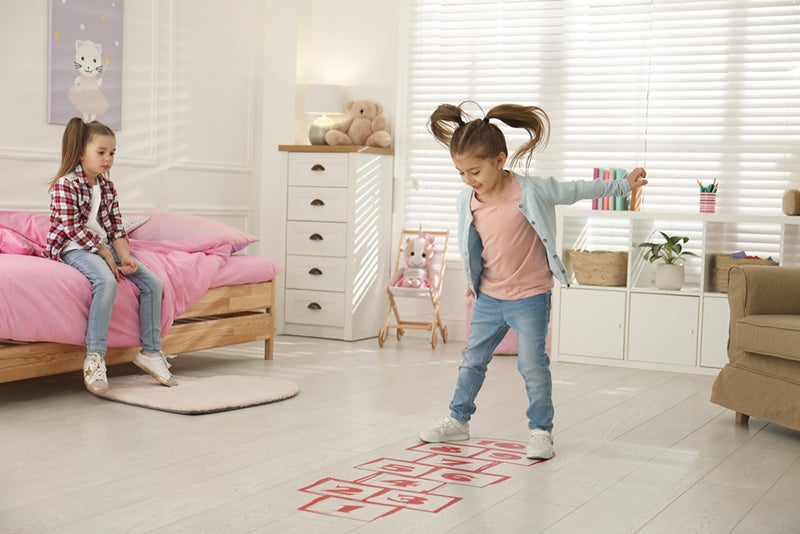
Physical activity has many health benefits for kids. It can help them:
- Improve their balance, posture, coordination, and flexibility
- Strengthen young and growing muscles, hearts, bones, and lungs
- Maintain a healthy weight
Physical activity is also essential for overall well-being. For example, kids who are more active tend to sleep better, be more relaxed, concentrate better in school, and be more confident.
In addition to the above benefits, physical activity is also important because it provides a fun outlet for kids.
Allow for Creative Expression
You don’t have to do too much to encourage creative expression. Just allow your child to continue using the materials, paints, crayons, and other resources available to continue learning and growing.
Incorporating creative projects into playtime is not just about fun. While that’s important, creative activities also help develop important skills such as problem-solving and fine motor skills (depending on the activity).
In addition, these types of activities allow kids a way to express their feelings.
Get Them Outside
While you can certainly play games with your toddler inside, outdoor play can help improve motor skills, muscle strength, and vitamin D intake.
Active kids (whether inside or outside!) tend to become active adults, which means that incorporating some outdoor play into your toddler’s everyday can help them generally become physically strong and healthy well into adulthood.
The above are a few essential considerations when choosing the right toddler games for your child. Now, let’s break down our list of six fun and engaging activities your toddler will love.
6 Fun, Creative Toddler Games
1. Bug Hunting
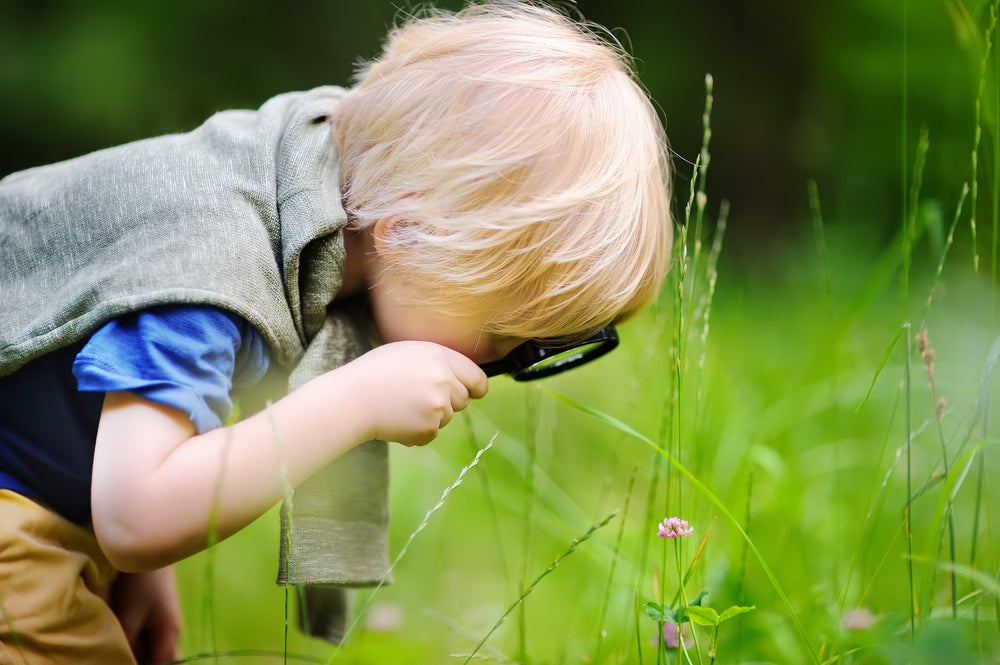
What You’ll Need
- A magnifying glass
- Notepad and pen/pencil
- Backyard (or local park)
What to Do
Children sometimes watch movies that depict bugs as villains, or their siblings may label them as “gross.” This can make it challenging for kids to see these creatures as anything more.
Bug hunting can help kids realize that these little beings are often fascinating and harmless! It also helps develop their Curiosity (another of the 5 C’s) by encouraging them to look more closely at the world around them and share what they observe.
To get started, you’ll need a backyard or garden space. If you live in the city, the local park works great, too. When you get to your destination, explain that the mission is to find as many bugs as possible and not touch them (to avoid potential bites).
We like to think of this activity as an observation task, rather than a capturing task. You may want to take photos to document any bugs your child finds so that you can look at them again later.
If you have multiple children, you can also turn this into a healthy competition. Who can find the most bugs in 15 or 30 minutes? You can even expand the game to include other creatures, like worms.
Play Tip: Always make sure an adult accompanies each child. The adult should be the one flipping stumps or logs, as this will help ensure safety.
2. Puzzle Creation
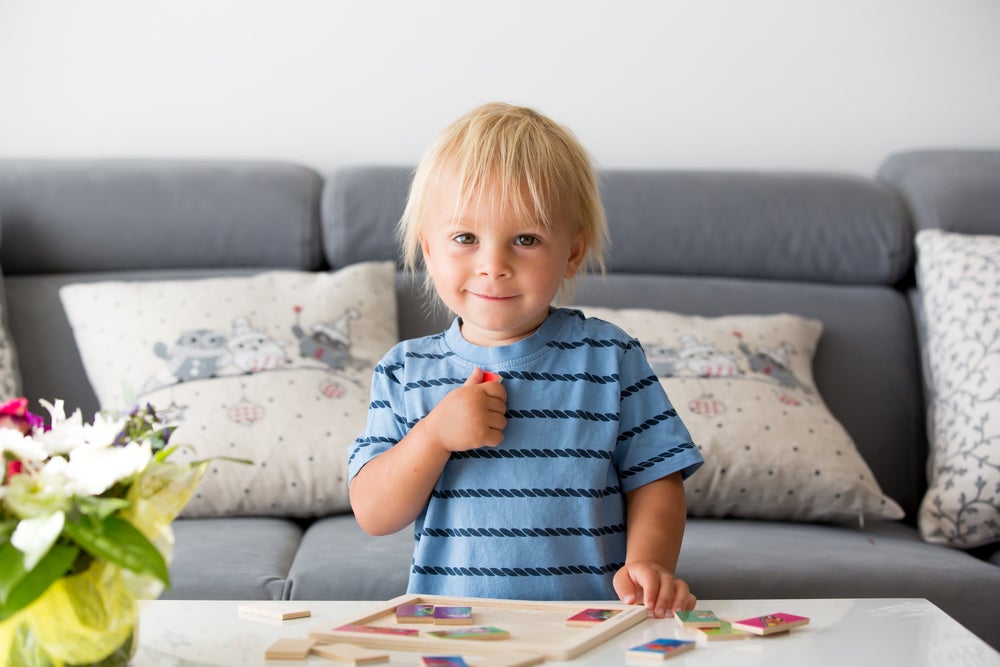
What You’ll Need:
- Scissors
- Crayons
- Pen/Pencil
- Glue
- Craft paper
- White sheet of paper
What to Do:
The aim of this activity is simple: help your child draw and create their very own puzzle.
To get started, paste the white sheet of paper onto the craft paper. Then encourage your toddler to draw and color any image they want to. If drawing is still a little challenging for them, you can simply take a page out of their coloring book and paste it.
Using a pen or pencil, draw puzzle lines on the picture to divide it into several puzzle pieces. Finally, cut along those lines (your child can help with a snip or two using toddler-safe scissors). Just like that, your child will have created a one-of-a-kind puzzle!
This is a great activity to help develop fine motor skills and encourage creativity.
3. Craft Box
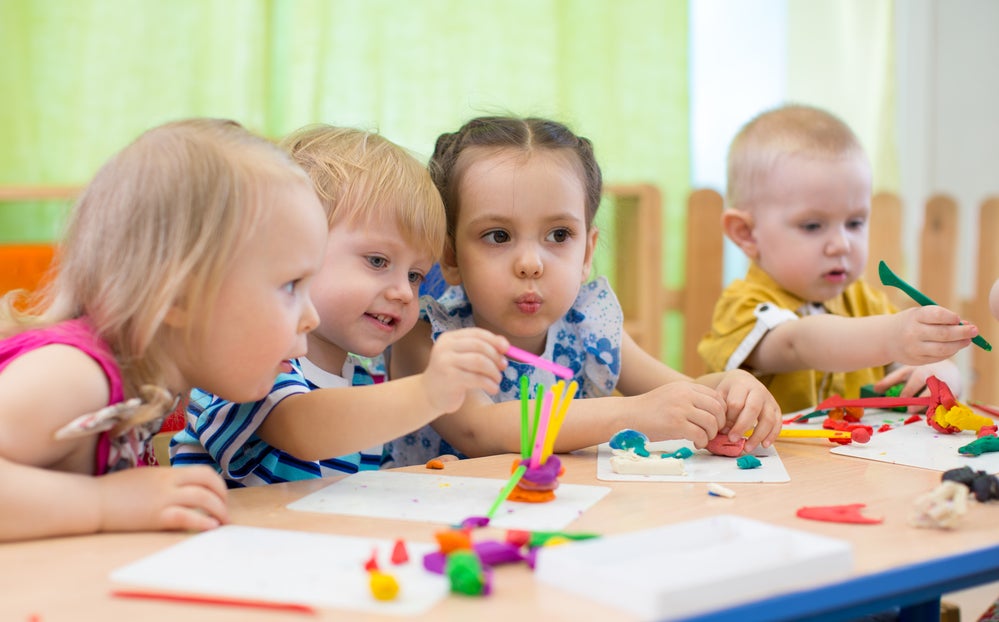
What You’ll Need:
- A box
- Colored paper
- Glue
- Pipe cleaners
- Crayons
- Stickers
- Any additional craft supplies from around the house
What to Do:
All that’s required is to fill your box with the above-mentioned craft supplies, and then encourage your kid to create anything they want!
This can mean making clouds with the cotton balls, drawing their favorite animal, or even pipe cleaner figures of mom and dad. There are no limitations!
This activity is another great way to help your child channel their inner creativity.
4. Pasta Necklaces
What You’ll Need:
- Uncooked pasta (the tubed ones)
- Food coloring
- Sealable plastic bags
- A tray
- String, cotton thread, or shoelace
- Paper towel
- Rubbing alcohol and beads (optional)
What to Do:
To get started, you’ll need to help your child add some color to the pasta. You can achieve this by placing the uncooked pasta into the sealed plastic bags and adding a few drops of food coloring. Rubbing alcohol can help to dry the coloring faster.
After doing so, seal the bag and encourage your child to give it a good shake to ensure each pasta piece gets some coloring.
Next, line your tray with paper towels, then pour your pasta from the plastic bag onto the tray. Allow it to dry.
While you’re waiting, help your child cut their desired length for the necklace and tie a knot on one of the ends. When your pasta is dry, have your child string on the pasta and beads (optional) to make themselves a colorful necklace.
Once they’ve reached the end of their string, tie the ends together, and, just like that, you have a beautiful necklace!
Creativity, fine motor skills, and sensory play are just a few of the benefits of this fun toddler activity.
5. Indoor Obstacle Course
What You’ll Need:
The materials you use for your indoor obstacle course will depend on the supplies you have around your home. For example, you can use chairs, old boxes, cushions, blankets, etc.
What to Do:
Start by helping your child come up with a list of challenges. Once you have a few, you can then build your course around those obstacles. If you’re looking for inspiration, here are some ideas:
Balance beam: Place a long strip of painter’s tape on the floor. Can your child walk a straight line?
Hot lava: You can line up cushions or yoga mats and encourage your child to think of them as hot lava that they’ll need to hop over.
Tunnel: Line up a few chairs that your child can crawl through.
As you can see, you can get creative with the supplies you have on hand! This is a great activity for your child to have fun and get in some movement at the same time.
6. Seed Planting
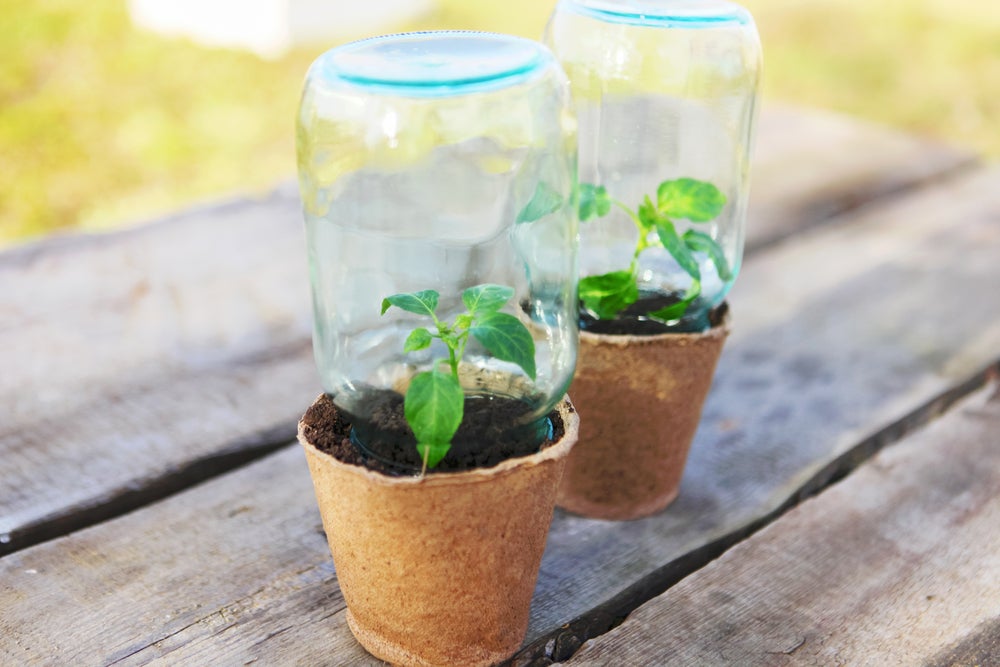
What You’ll Need:
- HOMER’s printable field notes template
- A large glass or plastic jar
- Fast-growing seeds (e.g., peas or beans)
- Old milk or juice carton
- Ruler (or measuring tape)
- Paper towels
- Pencil
What to Do:
Use our field notes template to plant a seed with your child and watch it grow.
The creative spark of this activity comes in the way it uses everyday items in unusual ways. A milk carton is for drinking out of—or for planting seeds in! Paper towels are for cleaning up—or to use for growing plants!
Through this activity, your child will also learn the basics of how plants grow. Language development (a Core Skill—another of the 5 C’s) will also come into play as you encourage them to express the notable changes they see from the seed. They will also develop patience as they wait for the seed to sprout.
More Toddler Games with Begin!
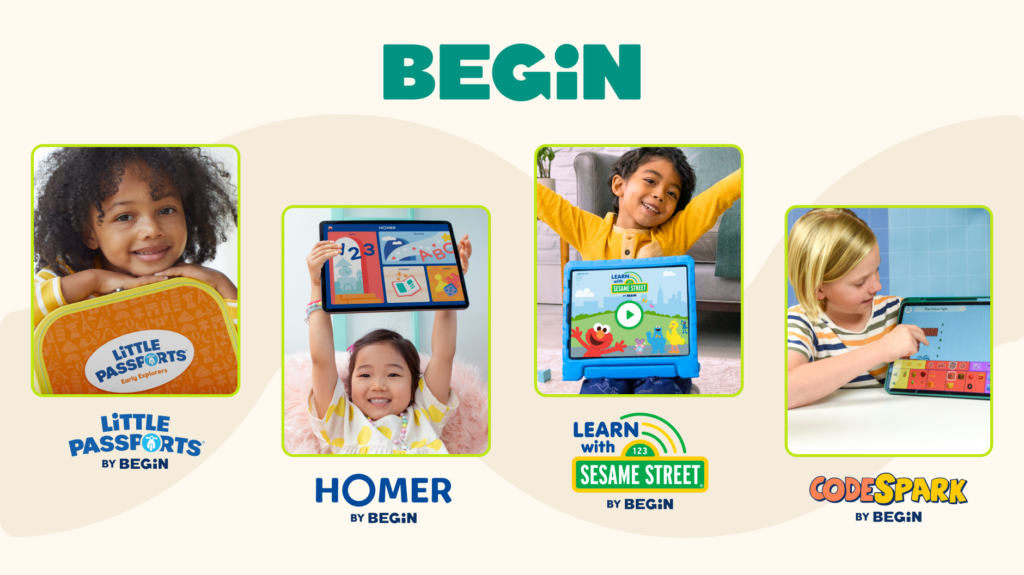
Creative play is one of the joys of childhood (and parenthood!). Whether you’re turning old milk cartons into planters or the living room into an obstacle course, playing creatively teaches kids to improvise and see beyond the obvious. It also shows them that unusual or “out-of-the-box” ideas are welcome, exciting, and fun.
Begin can help your toddler find the right games to play, learn, and thrive.
Our age- and stage-matched learning membership matches kids with the right activities (including fun digital and hands-on games) at the right time to reach the milestones that matter. They could playing matching games in our award-winning HOMER app, exploring feelings with favorite Sesame Street friends, and more!
Take our online quiz to see how we can help your family today!
